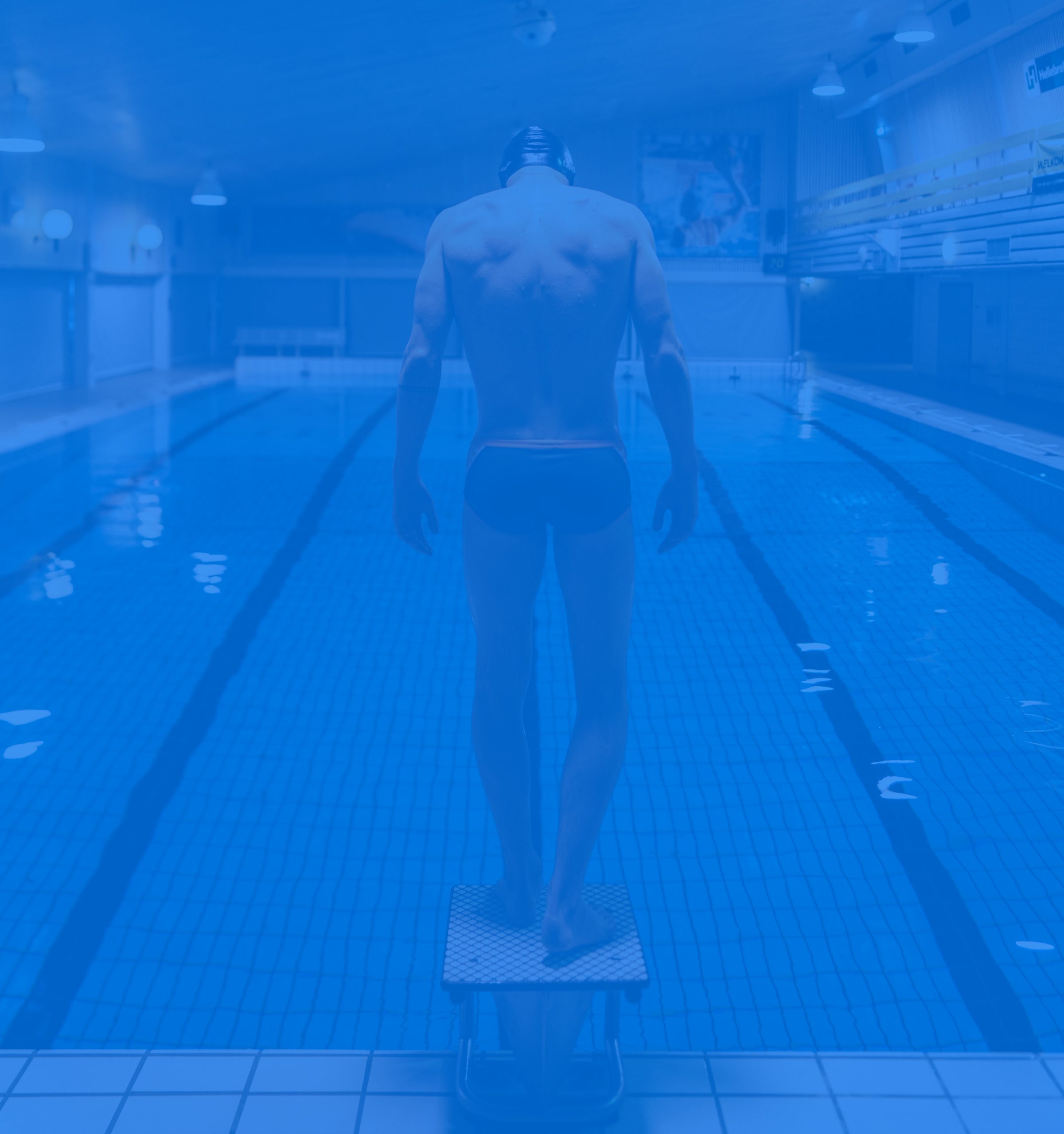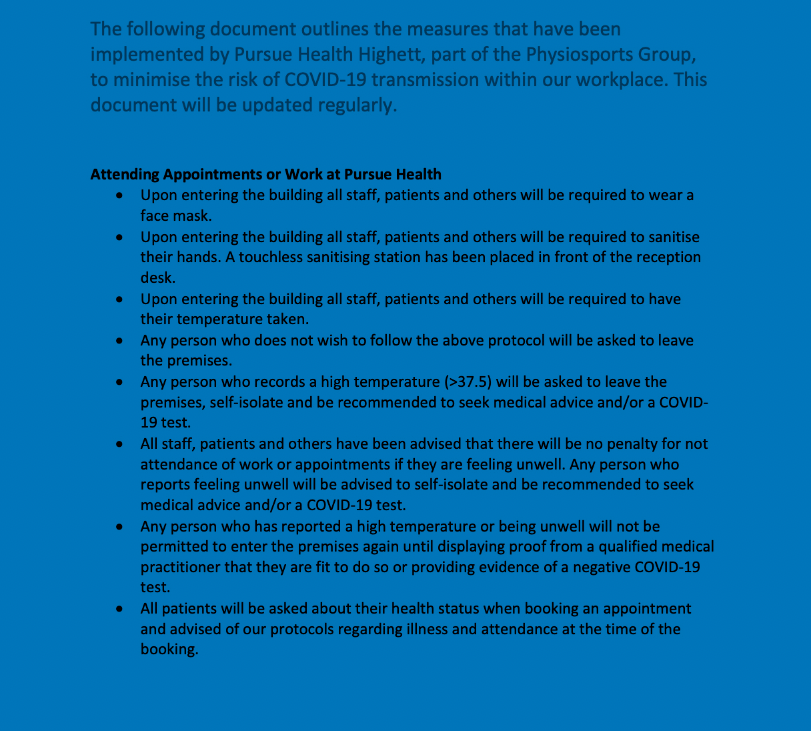Swimmers don’t suffer as many injuries as other athletes but when a shoulder problem comes along it can really limit your swimming volume and performance. Swimmer’s shoulder is a generic term and relates to the shoulder tendons and surrounding tissues being squeezed and overloaded and then reacting with swelling or inflammation. Obviously this is not a normal occurrence and the cause of the squeezing and overload can be multifactorial – but 2 key features in preventing and managing shoulder pain in swimming is having good range of movement (movement) and having adequate strength.
Movement: The key movement requirement is internal rotation (IR) in elevation (Delbridge 2019 Click here to read the journal article). If you are stiff in the direction of internal rotation, or have a limitation to your combined internal and external rotation (ER) movement combined, it is more likely you will have problems with your shoulder in swimming. Treatment and stretching can help.
Strength: Boetcher and colleagues (2020) showed that in elite swimmers there is no set strength measure that is ideal when measured with a Dynamometer. However there is a consistent message that the ER/IR ratio should be at approximately 0.70 for athletes in general, and that left and right should be equal. Clinically, your shoulder blades should give good control to the arm body connection. Whether you are preventing or managing pain in a swimmer’s shoulder these rules apply.

